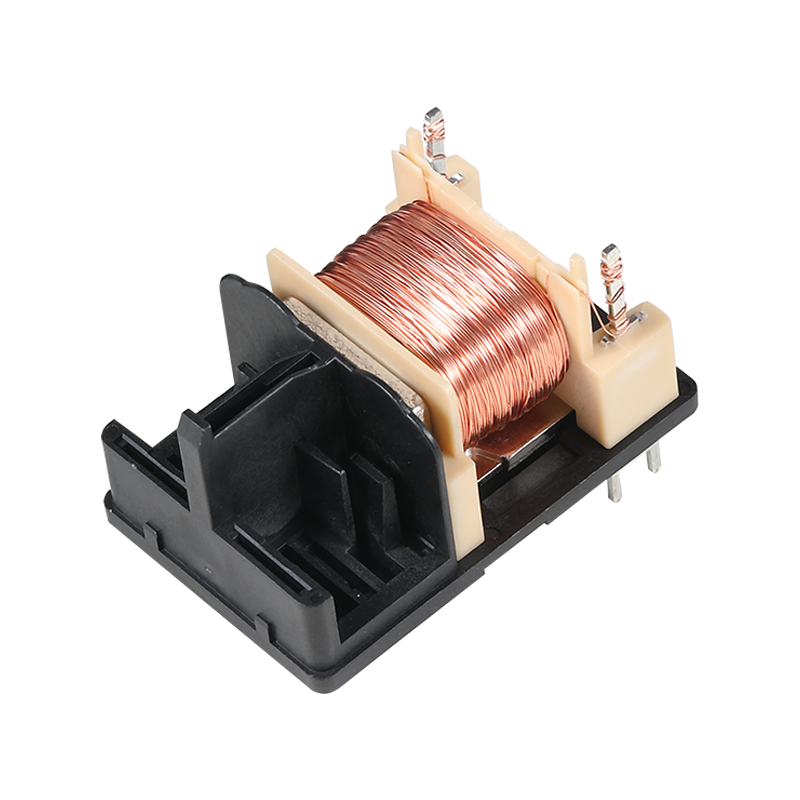
The construction industry is constantly evolving, with new materials and techniques being developed to improve efficiency, durability, and sustainability. One such innovation is the use of ABS (Acrylonitrile Butadiene Styrene) plastic in concrete injection molding.
ABS plastic is a thermoplastic polymer known for its strength, durability, and resistance to impact. It is a blend of three types of polymers: acrylonitrile, butadiene, and styrene. The combination of these polymers results in a material that is lightweight, yet strong and offers resistance to heat and chemicals. These properties make ABS plastic an ideal candidate for use in concrete injection molding, where a material that can withstand the rigors of construction is essential.
The use of ABS plastic in concrete injection molding can significantly enhance the durability of the final product. ABS plastic's resistance to impact and its ability to withstand harsh weather conditions make it a predominant choice over traditional materials. This durability translates to a longer lifespan for construction elements, reducing the need for frequent repairs and replacements.
ABS plastic's strength and flexibility contribute to the structural integrity of concrete injection molded parts. The material can be molded into complex shapes without compromising its strength, allowing for the creation of intricate designs that can better withstand the stresses of everyday use.
The use of ABS plastic in concrete injection molding can pilot cost savings in the long run. The material's resistance to wear and tear means that it requires less maintenance, and its lightweight nature can reduce shipping and handling costs. Additionally, the ease of molding ABS plastic can streamline production processes, further reducing costs.
ABS plastic is recyclable, making it an environmentally friendly choice for construction projects. By using this material in concrete injection molding, the construction industry can contribute to waste reduction and promote sustainability. The material's durability also means that it will last longer, reducing the need for frequent replacements and the associated waste.
ABS plastic can be used in the injection molding of various architectural elements, such as decorative panels, moldings, and trims. These elements can add aesthetic appeal to buildings while providing the benefits of ABS plastic's durability and strength.
In infrastructure projects, ABS plastic can be used to create components like drainage systems, manhole covers, and utility boxes. These components are exposed to the elements and require materials that can withstand wear and tear, making ABS plastic an ideal choice.
ABS plastic's strength and durability make it suitable for the production of construction tools and equipment. Items such as formwork, molds, and temporary structures can be made from ABS plastic, offering a lightweight and long-lasting alternative to traditional materials.
The integration of ABS plastic in concrete injection molding is a significant advancement in the construction industry. It offers a range of benefits, from enhanced durability and improved structural integrity to cost-efficiency and environmental sustainability. As the industry continues to seek innovative solutions to meet the demands of modern construction, the use of ABS plastic in concrete injection molding is set to play a crucial role in shaping the future of infrastructure and architecture.

 English
English 中文简体
中文简体 русский
русский








